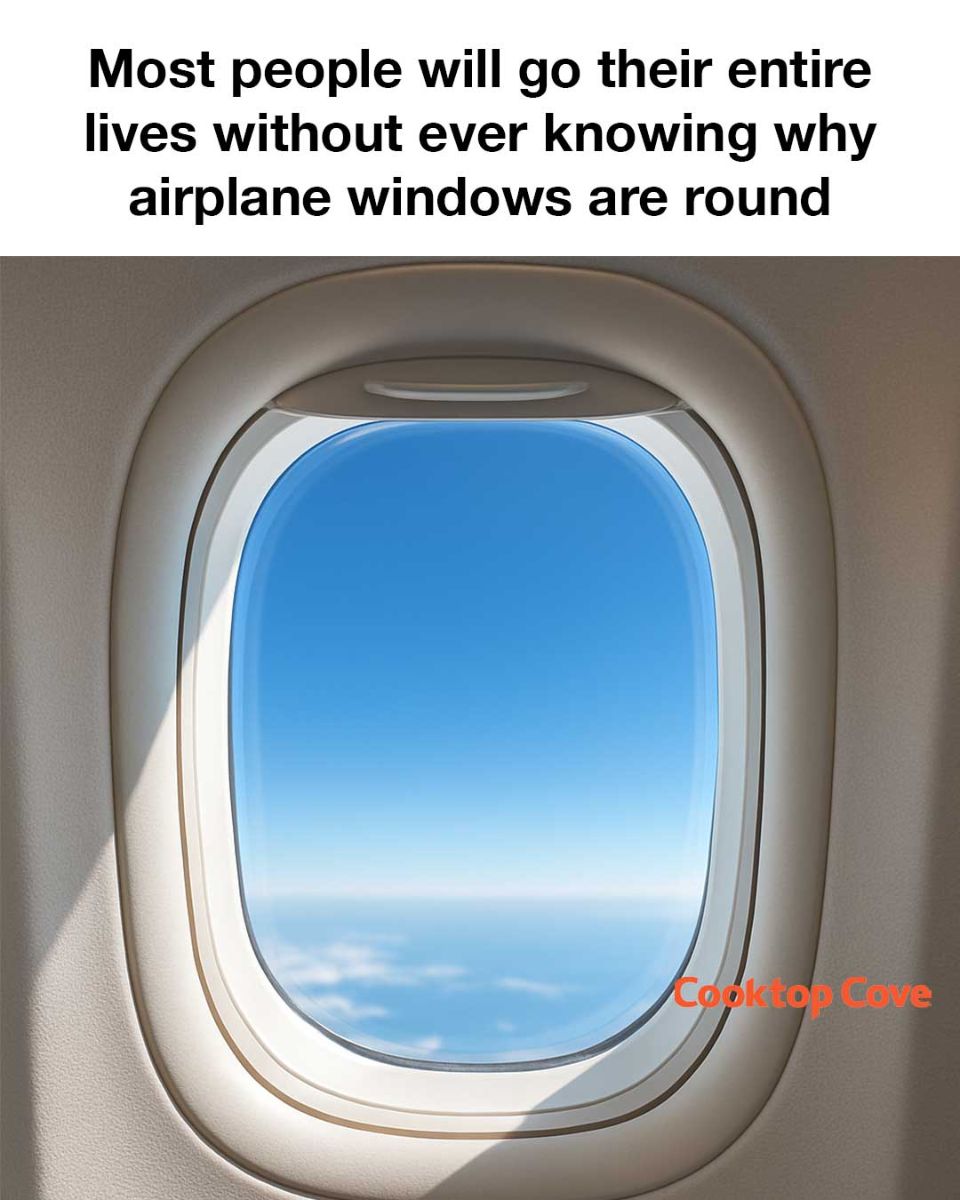Most people will go their entire lives without ever knowing why airplane windows are round
Georgia Lynn
Contributing Writer
Print this recipe
Airplane windows are a ubiquitous feature of commercial air travel, yet few passengers ever stop to consider why these windows are round. The design of airplane windows is not merely an aesthetic choice but a critical component of aircraft safety and engineering. Understanding the reasoning behind this design choice requires a look into the history of aviation, the scientific principles at play, and the practical considerations that guide aircraft design. This article delves into these aspects to uncover why round windows are a staple in modern aviation.
Historical Evolution of Airplane Windows
The evolution of airplane windows is closely tied to the development of aviation technology. In the early days of aviation, aircraft had square windows, similar to those found in buildings. However, as planes began to fly at higher altitudes and speeds, the limitations of square windows became apparent. The infamous crashes of the de Havilland Comet in the 1950s highlighted the dangers of square windows, as stress concentration around the corners led to catastrophic failures. This prompted a redesign of airplane windows, leading to the adoption of the round shape we see today.
The Science Behind Round Windows
The science behind round windows is rooted in the principles of physics and engineering. When an airplane is in flight, it experiences significant pressure differences between the inside and outside of the cabin. This pressure differential can lead to stress on the aircraft’s structure. Round windows help to evenly distribute these stresses, reducing the risk of structural failure. Additionally, the absence of corners in round windows eliminates points where stress can concentrate, further enhancing the safety and integrity of the aircraft.
Top Reasons Why Airplane Windows Are Round
There are several compelling reasons why airplane windows are round, each contributing to the overall safety, efficiency, and comfort of air travel. These reasons range from structural integrity and pressure distribution to aesthetic considerations and engineering efficiency. Understanding these reasons provides insight into the meticulous design process that underpins modern aviation.
Reason One: Structural Integrity and Safety
Round windows contribute significantly to the structural integrity and safety of an aircraft. The circular shape allows for a more even distribution of stress across the window, minimizing the risk of cracks or failures. This is particularly important at high altitudes, where the pressure differential between the inside and outside of the cabin is greatest. By eliminating sharp corners, round windows reduce the likelihood of stress concentration, which can lead to structural weaknesses.
Reason Two: Pressure Distribution and Cabin Pressure
Airplanes operate in environments with significant pressure differences between the cabin and the outside atmosphere. Round windows are better suited to handle these pressure differentials because they distribute stress more evenly across their surface. This even distribution helps maintain the integrity of the window and the fuselage, ensuring that the aircraft can withstand the rigors of high-altitude flight without compromising passenger safety.
